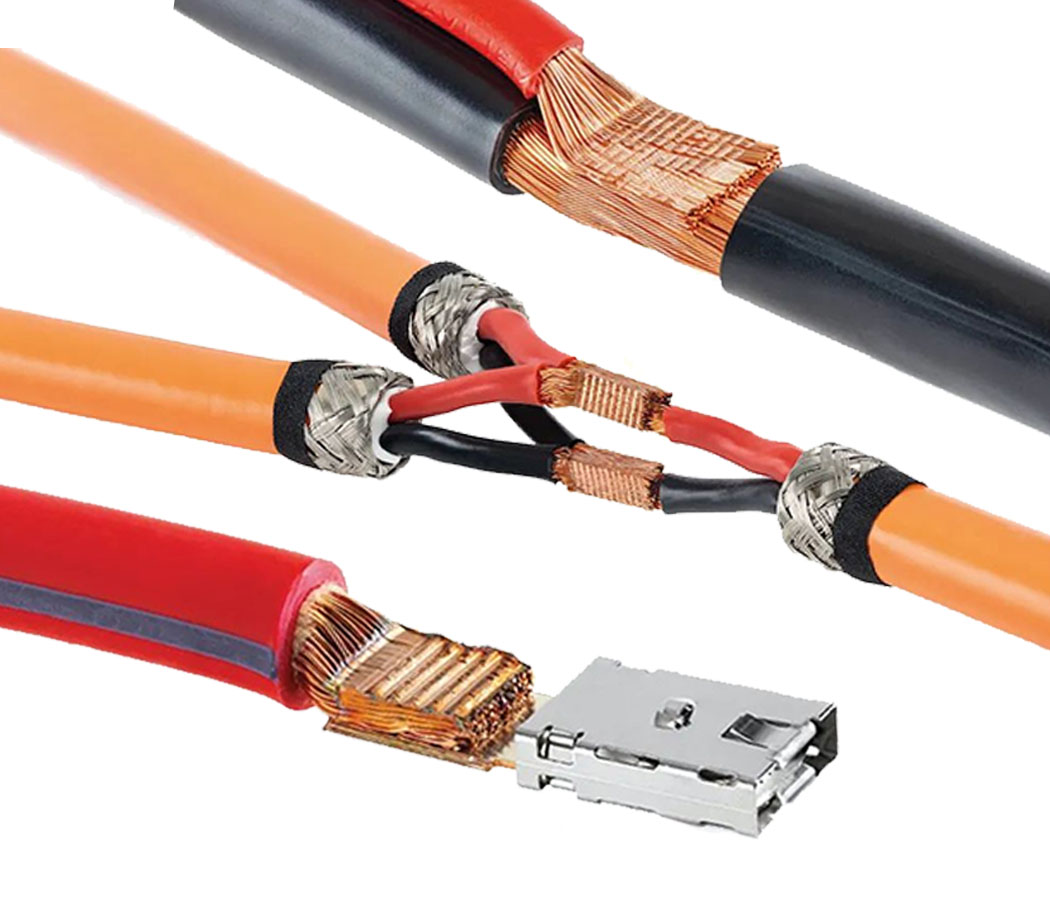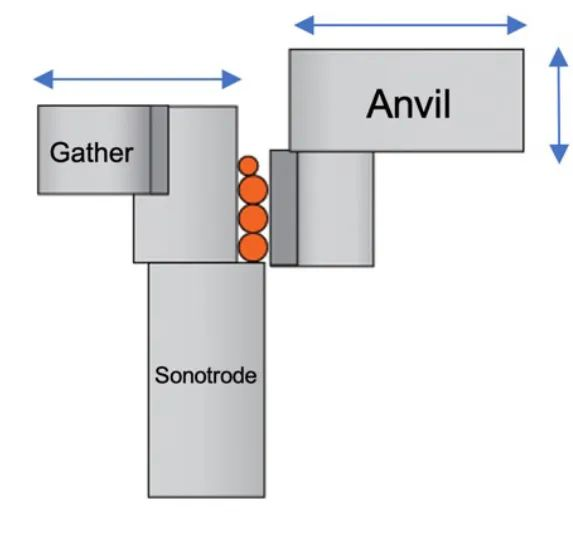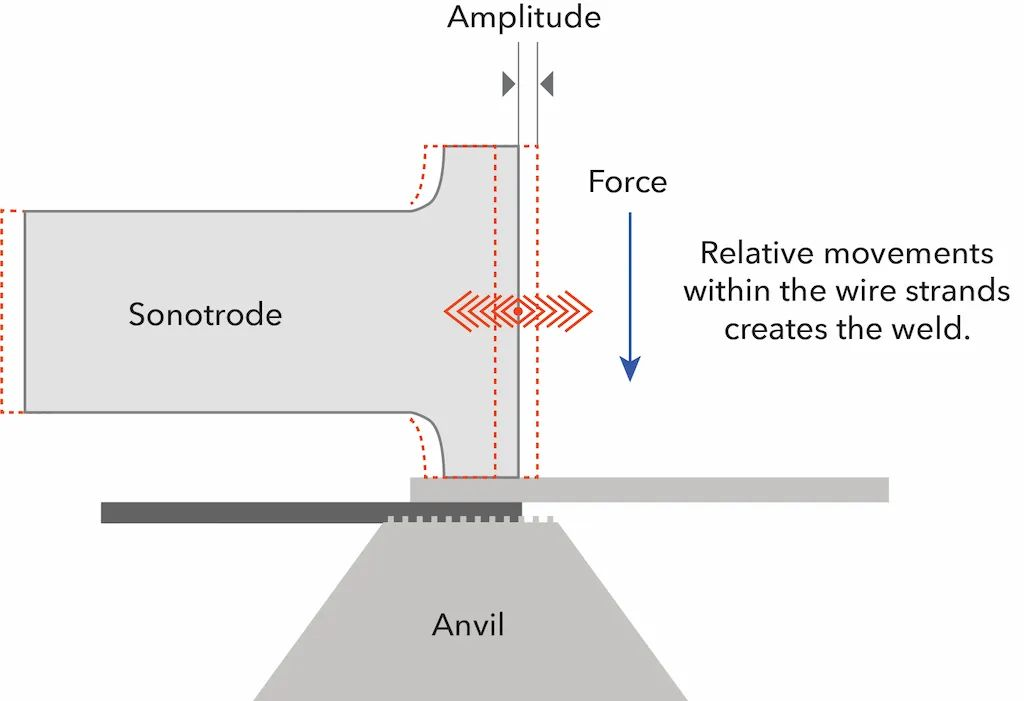Many factors need to be considered when deciding on a metal connection method, including tangible and intangible characteristics. Depending on the application, the investment will vary based on the connection design, welding materials, geometry, dimensions and dimensions, environmental impact, and the mechanical and electrical integrity required for a given product. In this article we will focus on the automotive wire harness industry to clarify the differences between crimping, tin welding, ultrasonic welding, laser welding and resistance welding.
In some cases, ultrasonic welding may seem like the only solution, or may not be feasible at all. However, no matter how many variables are considered when choosing a connection method, ultrasonic welding seems to offer better long-term returns than all other viable processes.
The initial investment in ultrasonic metal welding equipment is higher relative to other welding processes, such as resistance welding, crimping, and mechanical joining, but lower than laser welding equipment. So why is this technology dominating wiring harness manufacturing and becoming a necessity for electric vehicles, hybrid vehicle batteries and power distribution systems? Ultrasonic welding of non-ferrous metals has been a proven technology for decades. However, ultrasonic metal welding has been dominating the automotive industry since the early 1980s, with automotive wire harness manufacturers being the largest users of the technology. Due to its efficiency and unmatched quality, ultrasonic welding replaced mechanical crimping and resistance welding in all automotive brands almost as soon as it appeared. Due to the increase in electric vehicles (EVs), the application of ultrasonic welding in automotive wiring harnesses has seen more rapid growth over the past decade.

On average, a set of wiring harnesses for a vehicle contains 180 ultrasonic welded joints, and this number increases with model years. OEMs is adding more electronic features to cars, which require more connectors. Together, the connectors and wire terminals form a long, complex, heavy-duty wiring harness that controls the entire electrical system of the entire vehicle. Due to the inherent labor intensity of wire processing, wire splicing has always been the main focus of wire harness manufacturing. However, the wiring harness industry still uses crimping or resistance welding for applications such as small wire crimping or tin wire splicing. In general, ultrasonic welding is not feasible for tinned parts or hard materials such as steel. This is where resistance welding or laser welding options become feasible. However, for recently hot aluminum materials, and aluminum welding to another non-ferrous metal, ultrasonic welding is the final choice. Due to its cold fusion welding properties, aluminum can be solidly welded without melting or being significantly affected by heat. The advantages of ultrasonic welding are suitable for heat-conducting materials such as aluminum, copper and magnesium, which can be cumbersome to weld with resistance welders and lasers. Ultrasound is also very useful for joining thin and thick materials.
If it is required to minimize the interference of heat to the properties of the material, ultrasonic is usually the best welding process
Wire splicing is an excellent example for evaluating some of the joining processes used in wire harness manufacturing today. Manufacturers had been using the crimp process for years before welding became a viable option. Some OEMs simply use clamps to press the wire into the joint. Some are also dipped into solder tanks to ensure electrical integrity. The disadvantages are the need to add materials (many different sizes of clamps), the space required for a dedicated press, the requirements for welding skills, and the effect of mechanical stress and heat on the wiring harness due to clamps and solders.
Therefore, starting with resistance welding and then ultrasonic welding, the welding of wires becomes very necessary. The cold melt nature of ultrasonic metal welding, its ability to eliminate oxidation before welding, the connection of dissimilar metals, extremely low energy consumption, and the ability to weld various joint sizes using one machine and the same common tool are compelling factors that make ultrasonic wire joint a globally acceptable process. It took a few years for harness manufacturers to become familiar with the process and adopt the technology. Some move from crimping to ultrasonic welding, and some use resistance welding before moving to ultrasonic welding. Ultrasonic welding equipment has advantages over other connection methods, and these advantages still exist today.
Throughout the development of welding technology over the past 30 years, quality and reliability have always been the ultimate deciding factors. The return on investment is easily justified - ultrasonic welded joints extend the life of the vehicle. In many cases, one method of connection may clearly be the better option, or even the only option. There are many factors to consider when deciding between multiple connection options.
The operation/maintenance cost of each joint must be verified simultaneously, but quality is the top priority. Here are some factors to consider when choosing a connection method:
· Initial investment and quantity
· Output rate
· Consumables
· Power consumption - ultrasonic welding requires 5% of resistance welding
Additional infrastructure such as water cooling, ventilation and additional electrical installations
· Floor space required for equipment
· Changes over time
· Setup time for each application
· Die life and its impact on quality

Advantages of ultrasonic metal welding
· Low temperature process does not affect material properties
· Suitable for a variety of non-ferrous metal materials pure metallurgical bonding agent
· Ability to weld dissimilar materials
· No consumable materials such as splice clips or solder
· Environmental protection technology
· Consistent welding quality, mechanical and electrical properties
· Fast cycle time
· Friendly man-machine interface
· No smoke or chemicals such as lead to ensure operator safety
· Process
Ultrasonic welding methods have two kinds of metal and plastic. Linear welding is a technique more commonly used by equipment manufacturers and is the standard for wire splicing . Torsion welding technology can be used for most common applications of linear welding. However, due to its unique function, it has certain advantages in terms of the geometry of the application and the gentle process, thus gaining wider application in the market. In fact, this technology is sometimes found to be the only solution for electric vehicle battery manufacturers and high-voltage cable welding (Figure 4). Other examples where torsional ultrasonic welding has proven to be a superior approach include busbars, 3D terminals, and integrated gate bipolar transistors (IGBTs).
Ultrasonic welding technique

Show case


How it works:
The wires are stacked between the vibration/oscillation tool (ultrasonic generator) and the anvil block. They are confined to a predetermined space before static force is applied through the anvil. As the oscillations occur, the metal surface heats up and plasticizes, and the strands bond together by mixing with each other at the molecular level. The result is a continuous weld with a fine-grained structure, similar to the structure of cold-worked metals. The whole process is very fast, and the welding is usually completed in less than a second.
The most common welding machines in use today operate under mechanical vibration at a frequency of 20KHz. The vibration under the force will dissipate all contaminants and begin the cold friction welding until the welding is complete. Due to friction at the welding interface, the temperature rise of the welding material is less than 30%. Therefore, there is no hardening of the wire that makes the wire harness brittle in the weld transition area. This is one of the many advantages over resistance welding, which often melts the material to form a molten core.

Basic welding parameters and variables
Practice has proved that ultrasonic wire welding has high quality and safety. Since welding parameters can be adjusted and monitored for each application, they can now be implemented in an Industry 4.0 environment.
Welding parameters:
In addition to the conditions of the welding tools and dimensions, which are always predetermined, four welding parameters need to be set. These parameters are usually established from the default values given by the machine controller to begin the qualification of the welding quality.
· Weld width: set by machine
· Welding energy: The number of fixed watt-seconds required to complete the welding
· Amplitude: Adjustable to 100% oscillation capacity of ultrasonic generator
· Force-pressure setting: Set welding force
Quality variable:
In order to control the process for optimal quality when welding with fixed energy, the following variables need to be measured and compared with the upper and lower limits of the allowable limits determined by the machine or user.
· Welding time (welding duration)
· Compaction height before ultrasonic start
· Final weld height
· Power consumption
Stable production and data integrity
Ultrasonic metal welding is a critical process for all aspects of wire harness assemblies, as it provides reliable bonding to meet all low and high current carrying characteristics. As a result, companies have developed certain standards and norms. USCAR 45 and 38 for ultrasonic wire bonding and terminating are some examples, as well as other specifications that can be applied to most industrial products on the market.
In today's rapid evolution of electric vehicle batteries and high-voltage connectivity systems, there is a need to respond quickly and provide reliable connectivity solutions. Product engineers must choose connectivity technologies during the design and development phases. This requires communication between welding solution providers and product designers to speed up the process and have all the tools ready for prototyping and initial product testing.
As ultrasonic welding knowledge grows, more and more applications are being designed to match their current capabilities.